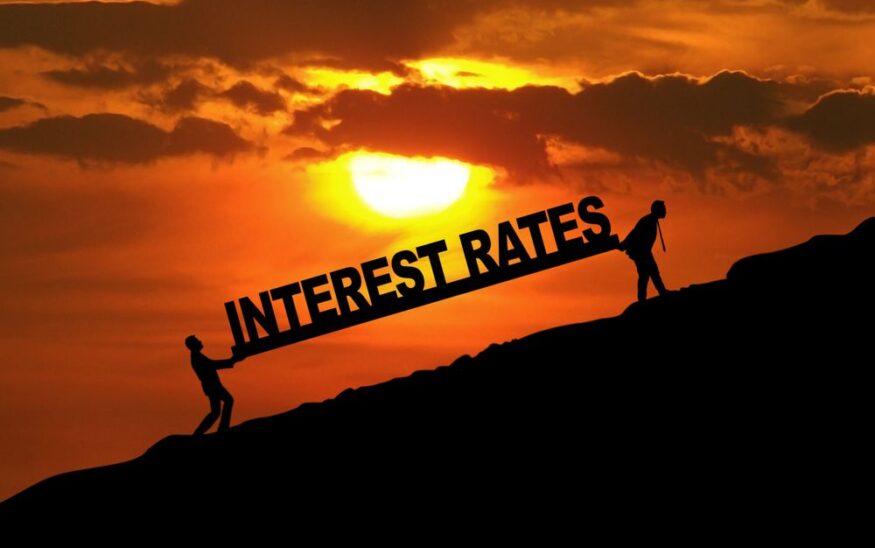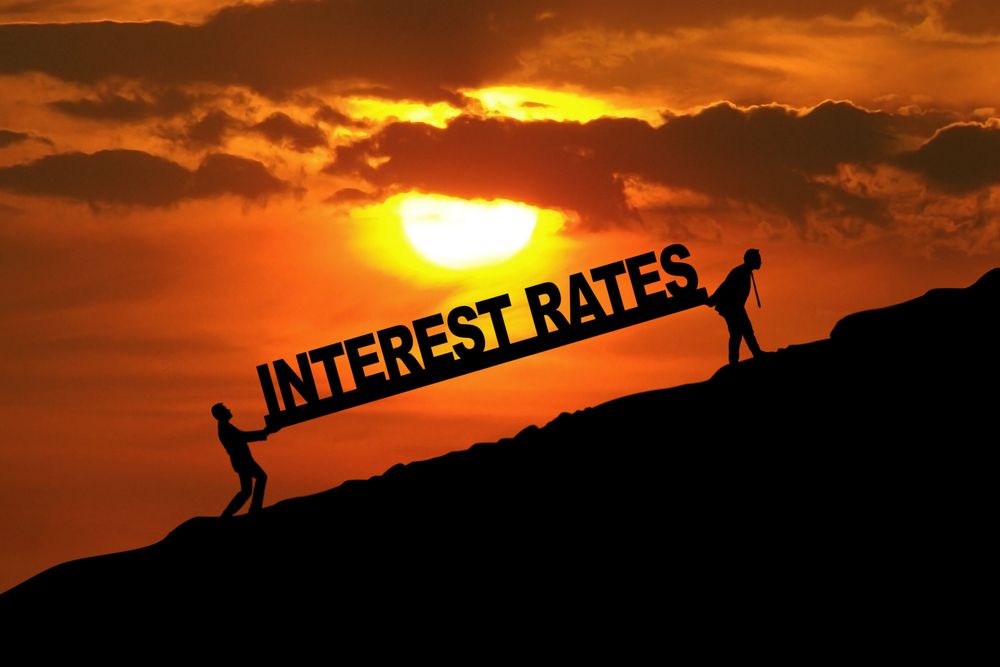Think rates are staying low? Think again
With the election, the cost of borrowing just went up
Glen Weinberg //November 29, 2016//


Think rates are staying low? Think again
With the election, the cost of borrowing just went up
Glen Weinberg //November 29, 2016//

I’m a big believer in self reflection, and when I am wrong, coming out and saying it. I wrote an article, let if float, where I, like pretty much everyone else in the industry, predicted rates would stay low. Unfortunately, the last week has taught us that these predictions were way off.
To the surprise of everyone who predicts rates, the 10-year treasury rallied pushing up borrowing costs across the board with mortgage rates rising nearly 5 percent. How can this be possible? A Republican president is historically fiscally conservative focusing on less taxes and smaller government. This theory has been thrown out the window with the new president.
As the old saying goes that your parents probably mentioned when you were a child: “You can’t have your cake and eat it too”. Unfortunately, economics is the same way, you can’t have everything. It is impossible to cut revenue (taxes) and increase costs (spending) without consequences. Any businessman knows this is the quickest ticket to insolvency.
Let’s first talk about what drives rates. Most consumer rates are based on the 10-year treasury. To the surprise of most people, the 10-year treasury rate is not set by the Fed. It is a market-driven rate that factors in a basic sense factors in the long-term market sentiment. It is important to note that treasuries and rates move in inverse. So, if treasuries decrease, rates rise. This is what we have seen this past week.
What is now driving treasuries? As President-elect Trump’s plans become clear, the markets are getting concerned. Trump plans to cut taxes and at the same time increase government spending on infrastructure and the military substantially.
Unfortunately, this means that the national debt will only increase as revenue decreases and expenses (outlays) decrease. With an increase in debt, the Treasury will have to issue more bonds. In essence, this increases the supply of bonds. We all know from basic economics that as supply increases, holding other factors constant, prices decline. This decline leads to higher rates.
There is another more subtle change going on with treasuries. Many foreign countries see American assets, such as bonds, as safe havens. During the campaign, Trump blasted trade agreements and wants to list China as a currency manipulator and use tariffs to protect U.S. businesses. Unfortunately, in a global society, this could spell trouble.
For example, imagine if you are the leader of a country like China. Would you seek to put Chinese government assets into a country that is going to try to put tariffs on Chinese imports, thereby harming Chinese companies? It is unlikely China or other countries will take our trade policies lying down. They will not be a big fan of US trade policies. The problem arises because China holds more than 10 percent (more than $10 trillion) in U.S. treasuries. What if China decides to use their financial muscle to retaliate and sell US treasuries? This could drive up rates further.
Who cares if rates rise? Every consumer with any debt will have considerably less disposable income as rates rise. For example, car payments, mortgage payments, and basically any other consumer or business payment will become more expensive. This it true both for American consumers as well as many foreign governments as many rates throughout the world are tied to the 10-year treasury. This increase in expenses will ultimately trickle through the economy.
As Francesco Garzarelli at Goldman Sachs Group Inc. said in a recent report, “The current level of long-term yields in the U.S. and in other main economies is by no means ‘restrictive’ for growth.” But with another increase in interest rates like the one over the past week, “higher bond yields become a threat for the expansion.”
Don’t get me wrong. Inflation is good. When there is moderate inflation, it is an indication of an expanding economy. The million-dollar question is, can the new president’s policies enable us to have our cake and eat it too?






















